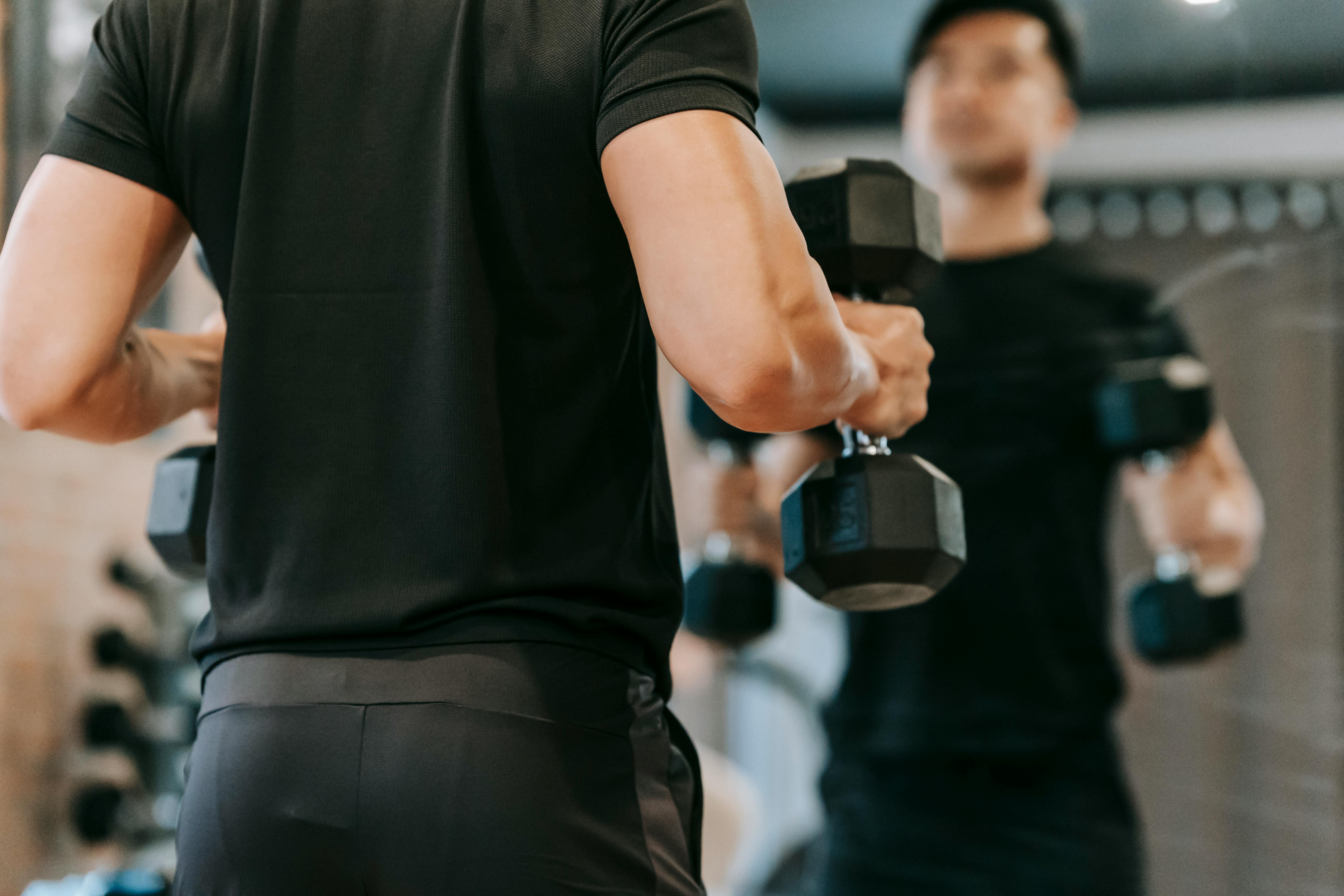For many bodybuilders, competitive athletes, and guys who like to exercise, sore muscles are the marker of a “good” workout. If your muscles don’t ache the next day or the next, then you probably didn’t exercise enough; that’s what many of us have been taught to believe, anyway. But is that really true? Do we need to train hard enough that every time we work our muscles ache? Let’s find out.
For years, fitness experts and doctors thought that sore muscles were the result of lactic acid build-up after intense training sessions. Lactic acid is produced when you exercise or lift with great intensity, when the muscles cry out for more oxygen than the blood can deliver at the moment. Because the body cannot supply the oxygen that the muscles want, it compensates for it by initiating another process, one that works in the absence of oxygen. Lactic acid is a by-product of this process. And since it is an acid, it makes us “feel the burn.”
So while on the surface it seems to make sense that lactic acid could be the culprit for causing sore muscles after an intense training session, it just isn’t. Actually, lactic acid is removed from the muscles quite quickly; it does not stay for hours or days. But, the muscle pain we are talking about here does not appear from 8 to 36 hours after we train. So if lactic acid can’t cause pain, what is it?
Modern science points to micro-trauma …
.. as the real perpetrator causing the post-workout muscle soreness. Microtraumas are exactly what they sound like: small abrasions, tears, or localized damage to muscle fibers, specifically, membranes and contractile elements. The researchers took biopsies of muscles suffering from training-induced microtrauma and found that the z-bands were bleeding, causing their function to be disrupted.
Z-bands are filaments that hold muscle fibers together as they slide past each other as they contract. When damaged and bleeding, even microscopic, muscle fibers swell and, of course, they hurt.
They have even found a way to assess how severely muscles have been damaged by measuring the level of creatine phosphokinase (CPK) in the bloodstream. CPK is normally found within muscle fibers, but when the fibers are damaged, CPK is released into the bloodstream. The higher the level of CPK in the bloodstream, the more damage to the muscles, which means more pain.
Some people say that stretching after training can alleviate the severity of delayed-onset muscle soreness (DOMS), which is what it’s called these days. However, by knowing what we now know about the causes of pain, we realize that this is simply not true. While stretching before and after a workout is always a good idea, it won’t do much to reduce or eliminate sore muscles the next day because microtrauma is the real source of pain, not lactic acid.
So is muscle pain necessary? The answer is that, up to a point, yes, it is necessary. It is the stress or trauma that comes from lifting strong and heavy objects that causes our muscles to grow and become stronger. If you never train to the point where your muscles are sore the next day, then the truth is, you are not training hard enough and you are not seeing the results that you would probably like to see. On the other hand, ignoring the pain and blindly going ahead training “through the pain” is not the answer either. If you don’t pay attention to what your body is saying, sooner or later you will pay the price and end up injuring yourself, possibly seriously.
The secret to controlling pain is twofold:
1) Increase your workload gradually. Don’t try to show off by taking big leaps in the amount of weight you are lifting, give your muscles time to adjust.
2) Allow your body to rest and recover between training sessions. Remember, the rest and recovery part of bodybuilding is just as important as the weight lifting part. It is during this process that your muscles are actually growing, not when you are exercising.
So while it shouldn’t be your goal to completely eliminate workout-induced muscle soreness, it’s important to know that you can control it and minimize its impact on your body and your training routine.



